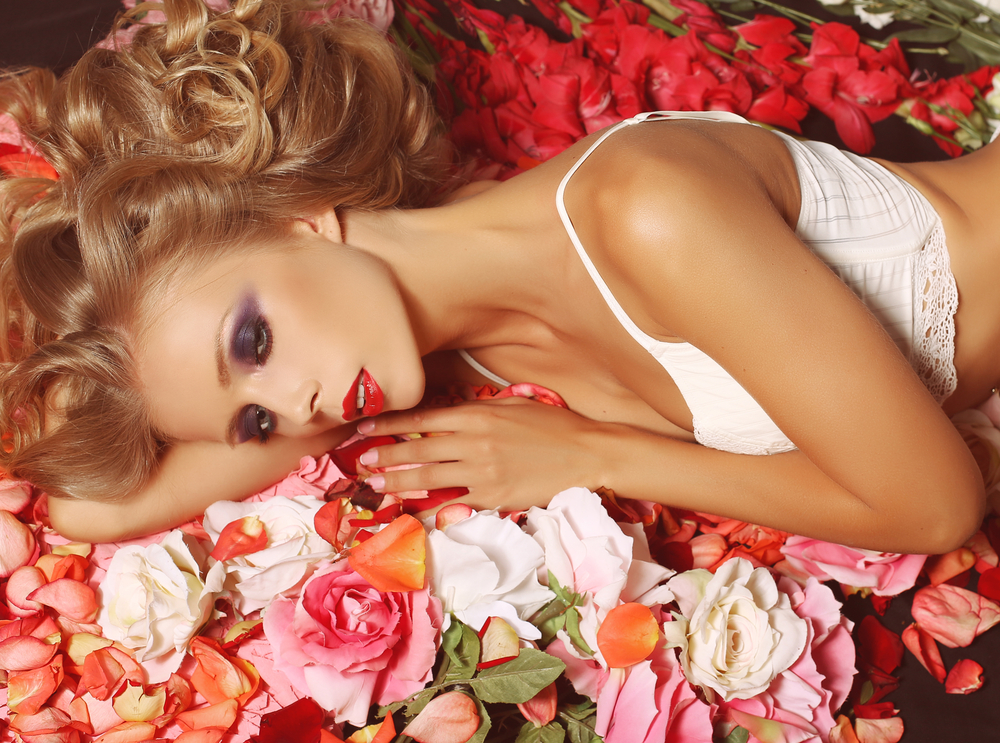
In the world of photography, capturing the perfect shot requires a harmonious collaboration between the photographer and the model. A skilled photographer can compose and frame a photograph to perfection, but it is the modeling skills that truly bring life and energy to the final image. From the positioning of limbs to the subtle nuances of facial expressions, modeling (or modelling) is an art form that requires practice, creativity, and attention to detail. In this article, we will explore the importance of posing and how models can master their role in successful photoshoots.
The Power of Posing
Posing is more than just striking a pose; it is about conveying a story, evoking emotions, and creating a connection with the viewer. A well-executed pose can transform an ordinary photograph into a work of art, capturing the essence of the subject and leaving a lasting impression. It is the model's responsibility to understand the concept and vision of the photoshoot, and use their body language and expression to bring it to life.
Perfecting the Fundamentals
A successful pose starts with mastering the fundamentals. Models must be aware of their body positioning, keeping in mind the angles, lines, and shapes they create. Learning how to elongate the neck, maintain good posture, and position limbs gracefully are key elements in creating visually pleasing compositions. Models should also be conscious of their facial expressions, as even a slight movement of the eyebrows or a faint smile can dramatically change the mood of an image.
Capturing Authenticity
While posing requires technique and precision, it is essential for models to maintain authenticity in their expressions and movements. The goal is not to create a static, stiff pose, but rather to capture moments that feel genuine and natural. A model's ability to modeling (by models) convey emotions or tell a story through their body language and facial expressions is what sets great photographs apart from the rest. During a shoot, it is important for models to relax, be present in the moment, and let their personality shine through.
Working with the Photographer
One of the most critical aspects of successful posing is the collaboration between the model and the photographer. Communication is key, and open dialogue between the two allows for the best possible outcome. Models should pay attention to modelling (or modeling) the photographer's guidance and requests, as modeling they have the knowledge and experience to capture the desired shots. Additionally, being receptive to feedback and making adjustments will ensure a smoother workflow and enhance the final outcome.
The Importance of Versatility
A model's ability to adapt and showcase versatility is highly valuable. Different photoshoots require different styles and themes, and models who can effortlessly switch between poses and expressions are more desirable to photographers. Having a diverse range of poses in your repertoire will not only increase your chances of success but also showcase your versatility as a model. Experimenting with different poses, studying fashion magazines, and observing other models can provide inspiration and help expand your posing abilities.
FAQs: Frequently Asked Questions
1. How can I improve my posing skills as a model?
To improve your posing skills, practice in front of a mirror to understand your angles and learn how to control your movements. Study the work of experienced models and photographers to gain inspiration and learn from their techniques. Additionally, working with different photographers and participating in photoshoots will provide valuable hands-on experience.
2. How do I communicate effectively with a photographer during a shoot?
Effective communication with a photographer begins with understanding their vision and concept for the shoot. Ask questions to ensure clarity, and be receptive to their guidance and suggestions. Being open to feedback and actively participating in the creative process will help foster a collaborative environment.
3. What are the best ways to convey emotions through posing?
Conveying emotions requires a combination of body language and facial expressions. Practice expressing different emotions in front of a mirror, paying attention to the subtleties of your face and body. Research different techniques used by actors to evoke specific emotions and incorporate them into your posing.
4. How can I develop my own posing style?
Developing your own posing style is a gradual process that comes with experience and self-discovery. Experiment with different poses, expressions, and themes to find what feels most natural and authentic to you. Embrace your unique features and personality, and let them shine through in your posing.
5. What are some common posing mistakes to avoid as a model?
There are a few common posing mistakes to be mindful of. Avoid slouching or hunching your shoulders, as it can create an unflattering posture. Steer clear of unnatural or forced expressions, as they can appear stiff and awkward. Finally, be mindful of the positioning of your hands and fingers, as they can easily distract from the main subject of the photograph.
In conclusion, the art of posing plays a critical role in the success of photoshoots. Models who understand the fundamentals, capture authenticity, work collaboratively with photographers, showcase versatility, and continuously strive to improve their posing skills have the highest chances of creating captivating and unforgettable images. With practice, creativity, and a willingness to explore different styles, models can truly master their role in the world of modelling and photography.
Other useful resources
- https://en.wikipedia.org/wiki/Category:Models_by_modeling_agency
- https://en.wikipedia.org/wiki/Modeling_agency
- https://blog.planetmodelphoto.com/models/modeling/
- https://en.wikipedia.org/wiki/Category:Modeling_agencies